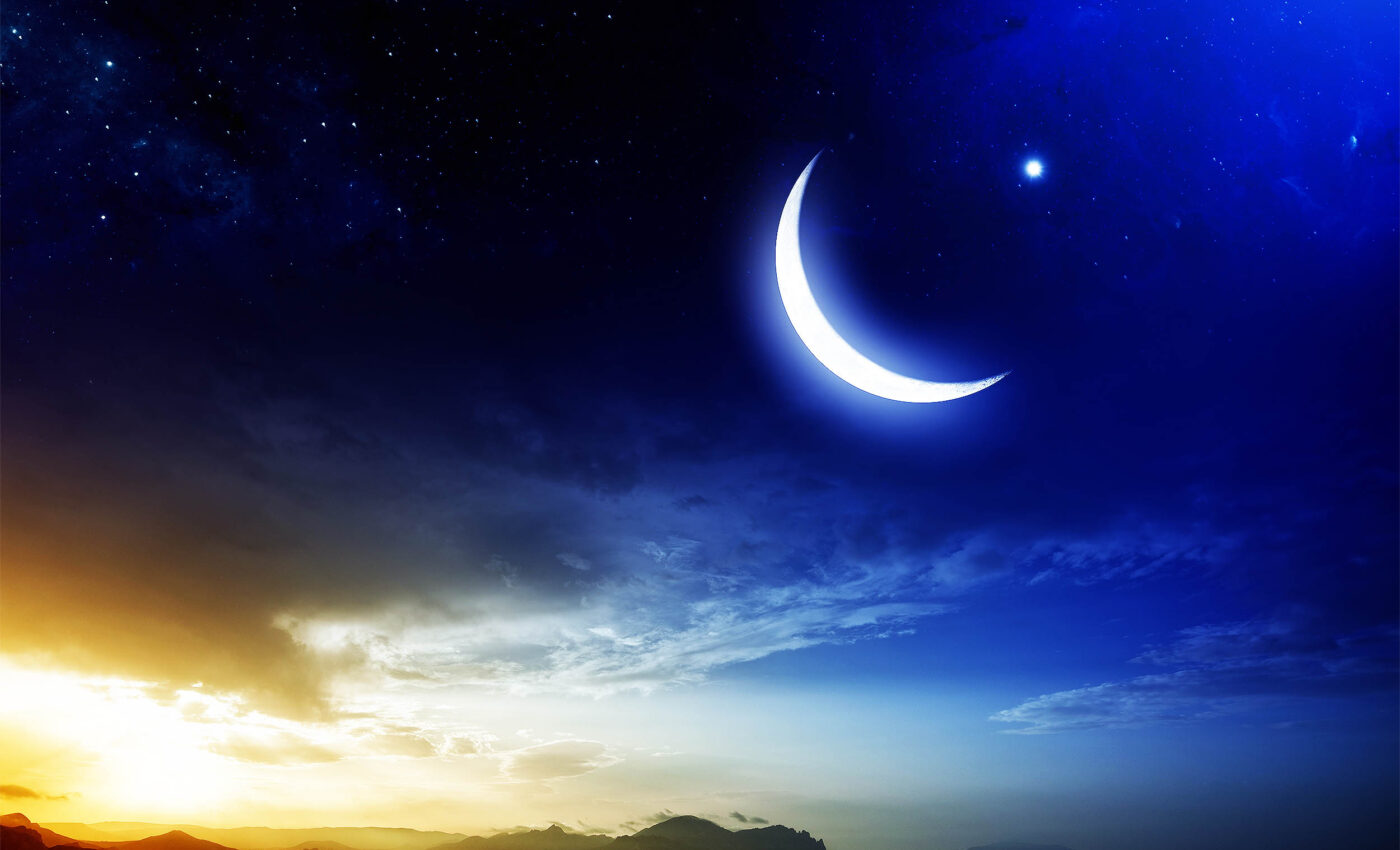
Jupiter and the moon will share a 'cosmic kiss' on Valentine’s Day
This Valentine’s Day, the night sky will host a celestial event that NASA has charmingly dubbed a “cosmic kiss,” with the moon and Jupiter set to rendezvous in the southwestern skies approximately an hour after sunset.
This astronomical pairing, described by NASA as a “cute couple,” will be a sight to behold. The crescent moon and the gas giant will appear to be mere finger widths apart, despite the staggering distance of about 227 million miles separating them.
Romantic conjunction
The conjunction of these two celestial bodies is an event that can be enjoyed with the naked eye, and those with binoculars will have the treat of seeing both the moon and Jupiter within the same field of view.
While such conjunctions are not uncommon, the coincidence of this event occurring on Valentine’s Day adds a layer of uniqueness and romance to the evening sky.
Healing and good fortune
Astrologically, this meeting is said to symbolize growth, abundance, healing, and good fortune. Jupiter is also associated with opportunities, abundance, and optimism.
The peak of their closeness will occur at 1:05 am ET, with about 13 percent of the moon’s surface illuminated, showcasing a waxing crescent moon against the backdrop of the night sky.
Optical illusion
To catch a glimpse of Jupiter, observers should look towards the bottom curve of the moon and then southwest, where the gas giant will shine as the brightest “star.”
This cosmic kiss will be visible worldwide, though viewers in Singapore and Australia are in for a special treat. An optical illusion will make the pair appear even closer in these locations, as objects near the horizon can seem larger than when they are higher up in the sky.
The constellation of Aries
Adding to the celestial display, the constellation of Aries will also be visible, sitting northeast of the crescent moon.
As one of the 12 zodiac constellations, Aries, often depicted as a ram and associated with the first astrological sign, occupies a space in the northern celestial hemisphere. However, even the brightness of Aries will be eclipsed by Jupiter, which remains the most luminous ‘star’ in the night sky.
A fleeting moment
Jupiter’s proximity to Earth varies, ranging from 365 million miles at its closest to 601 million miles at its farthest. On the evening following this event, Jupiter will be over 480 million miles away from our planet.
The last notable encounter between the moon and Jupiter took place on December 26, 2023, when the moon, 86 percent illuminated, marked the year’s final full moon during its close approach.
This Valentine’s Day event offers a perfect opportunity for stargazers and romantics alike to witness the beauty and grandeur of the cosmos, as these two celestial bodies share a fleeting moment of proximity in the vast expanse of space.
More about Jupiter
Jupiter is the largest planet in our solar system, notable for its massive size and distinctive swirling cloud bands, along with the Great Red Spot, a gigantic storm that has raged for at least 400 years.
Composition
This gas giant is made mostly of hydrogen and helium, similar in composition to a star, but it lacks the mass necessary to ignite nuclear fusion.
Magnetic field
Jupiter’s powerful magnetic field is the strongest of any planet in the solar system, generated by its metallic hydrogen core, which creates spectacular auroras at its poles.
Moons
Surrounding Jupiter is a complex system of moons and rings. It has at least 79 moons, including the four large Galilean moons: Io, Europa, Ganymede, and Callisto, discovered by Galileo Galilei in 1610.
Ganymede, the largest moon in the solar system, even surpasses the size of the planet Mercury. These moons are fascinating worlds in their own right, with Io being the most volcanically active body in the solar system, Europa having a subsurface ocean that may harbor conditions suitable for life, and Ganymede possessing its own magnetic field.
Gravitational dynamics
Jupiter plays a crucial role in shaping the gravitational dynamics of the solar system. Its immense gravity has influenced the orbits of other planets and the formation of the solar system itself. It also acts as a kind of cosmic vacuum cleaner, with its gravity attracting and capturing comets and asteroids that might otherwise threaten Earth and other inner planets.
Insights
Studying Jupiter and its moons provides valuable insights into the workings of the solar system, the formation of planetary bodies, and the potential for life on other worlds.
Missions like NASA’s Juno spacecraft, which arrived at Jupiter in 2016, are designed to study Jupiter in detail, exploring its atmosphere, magnetic environment, and interior structure, shedding light on the complex processes that govern this giant planet and its diverse moon system.
Like what you read? Subscribe to our newsletter for engaging articles, exclusive content, and the latest updates.
—-
Check us out on EarthSnap, a free app brought to you by Eric Ralls and Earth.com.













